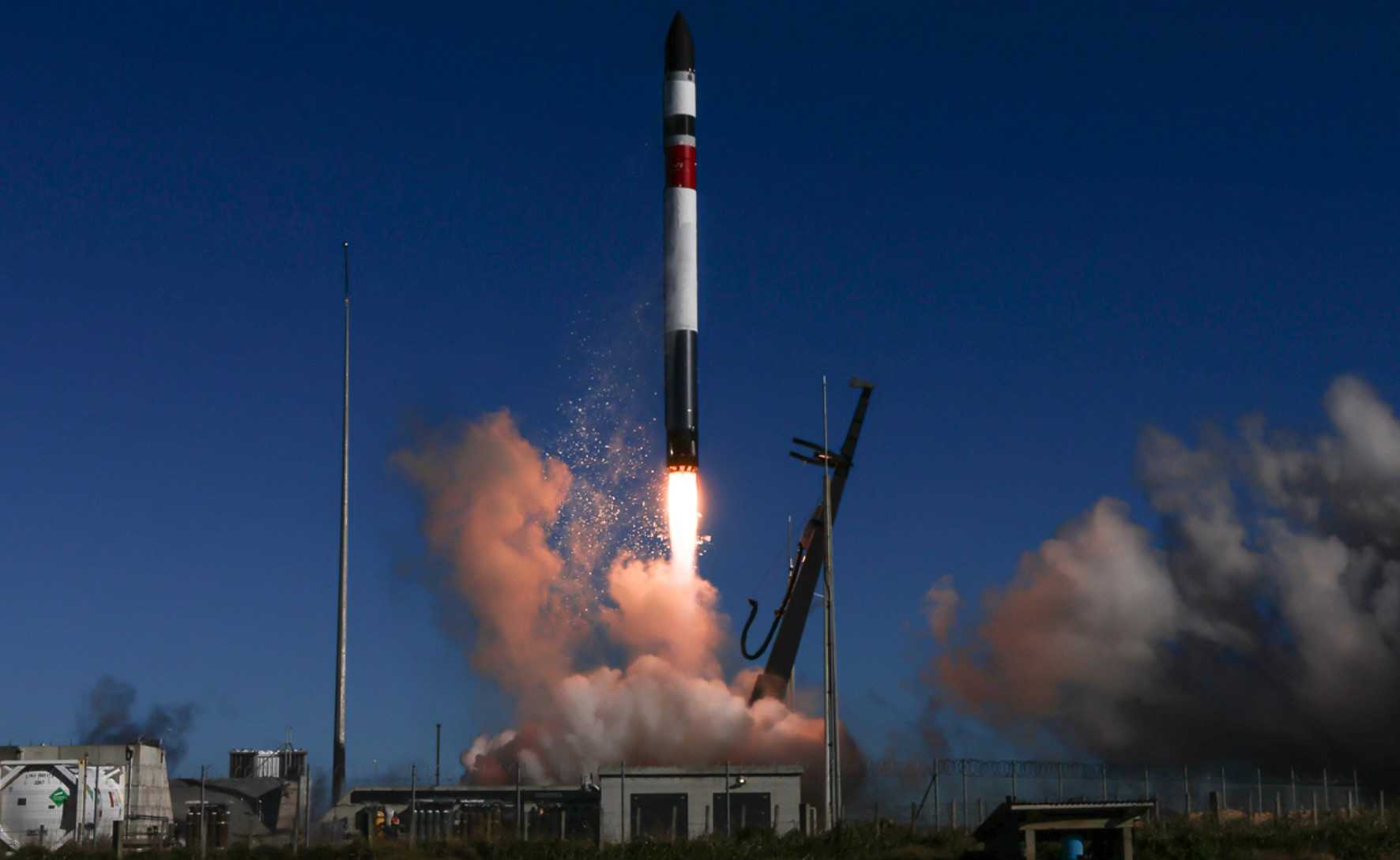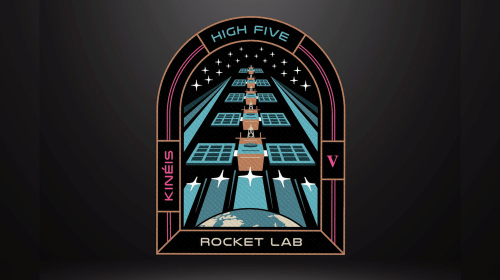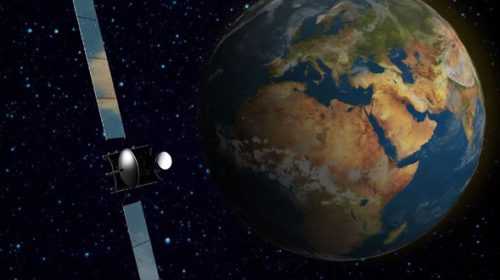Telesat's LEO 3 Reaches Orbit
Jul 20, 2023
Rocket Lab’s mission “Baby Come Back” successfully launched Telesat’s LEO 3 demonstration satellite to orbit on July 18th, less than two months after the satellite was announced. The Electron rocket lifted off from Launch Complex 1 in New Zealand at 1:27 p.m. local time, delivering LEO 3 to space. The satellite’s manufacturer, Space Flight Laboratory (SFL), confirmed it acquired signals from LEO 3 shortly after deployment, passing initial health checks.
Telesat’s Chief Technology Officer Dave Wendling expressed his appreciation for the successful launch of the LEO 3 mission by valued partners Rocket Lab and Space Flight Laboratory. He stated that Telesat is eager to commence operations with LEO 3 and resume critical testing with customers and vendors using next-generation terminals and modems. This important testing will help validate technologies for the planned Telesat Lightspeed network before full deployment begins.
 Rocket Lab Launches Electron from New Zealand. Credit: Rocket Lab
Rocket Lab Launches Electron from New Zealand. Credit: Rocket Lab
LEO 3 was built by SFL on its 30-kg Defiant microsatellite bus featuring advanced Ka- and V-band payloads. It will provide continuity for Telesat’s testing campaigns once their Phase 1 LEO satellite is decommissioned. Telesat publicly revealed plans for LEO 3 on May 17th, contracting Rocket Lab just weeks later for a dedicated rideshare mission. The rapid procurement and launch enabled by Rocket Lab will allow Telesat to proceed quickly with over-the-air testing to validate their planned LEO broadband constellation.
According to SFL, LEO 3’s solar arrays were successfully deployed after separation from Electron and started charging the spacecraft’s batteries. Telemetry confirmed the satellite is operating nominally with stable temperatures and power generation. SFL will complete the checkout of LEO 3’s subsystems over the coming weeks as part of Telesat’s test program.
Rocket Lab’s responsive launch capability has proven critical for operators like Telesat needing frequent, reliable rides to orbit. As next-gen mega-constellations scale up, small launch vehicles like Electron provide the flexibility to test iterations and deploy large numbers of satellites quickly.
With LEO 3 now operational in orbit thanks to Rocket Lab’s flawless launch, Telesat can proceed with over-the-air testing to de-risk their constellation rollout. The data collected by LEO 3 and other test satellites will validate performance ahead of launching their initial broadband satellites next year. Telesat is targeting affordable high-speed internet delivery via its LEO network by 2024 to customers globally.
Telesat was founded in 1969 as a pioneer in satellite communications. Headquartered in Ottawa, Canada, the company has been a leading global satellite operator for over 50 years.
Originally established as a Canadian government enterprise, Telesat launched its first communications satellite, Anik A1, in 1972. This began the delivery of television and communications services across Canada, including to remote northern areas for the first time. Telesat was privatized in 1998 and became a publicly traded company on the Toronto Stock Exchange and NASDAQ. It continued growth both domestically and internationally.
Today, Telesat operates a fleet of 15 in-orbit satellites providing broadcast, enterprise connectivity, and government services worldwide. The company reported over $604 million in revenues in 2021. Under the leadership of CEO Dan Goldberg, Telesat is now developing an ambitious LEO satellite constellation called Telesat LEO to provide global broadband connectivity. The company aims to begin launching satellites for this next-generation network in 2024.





